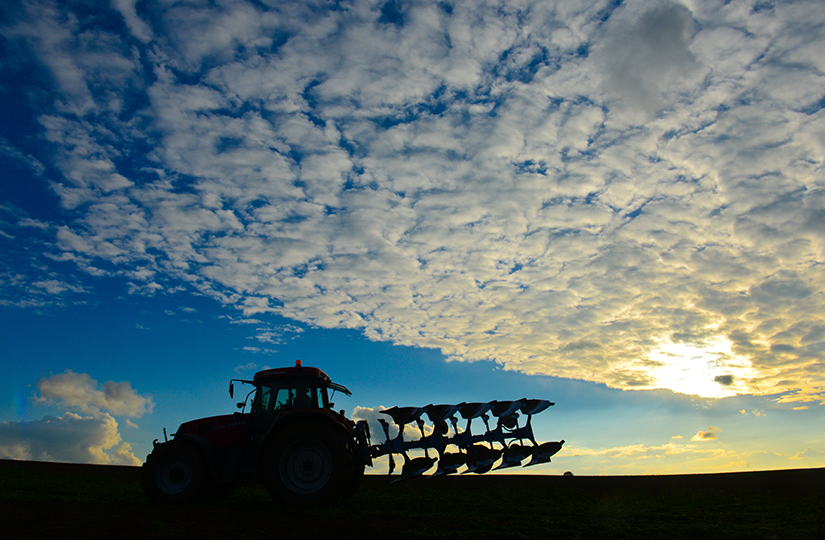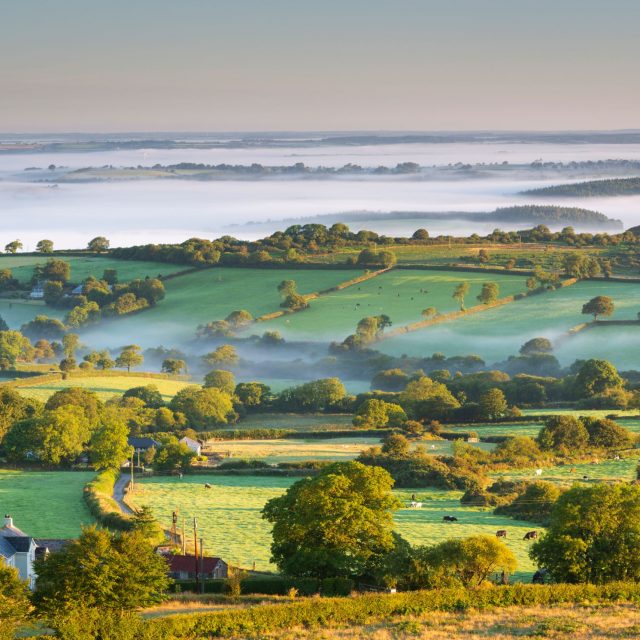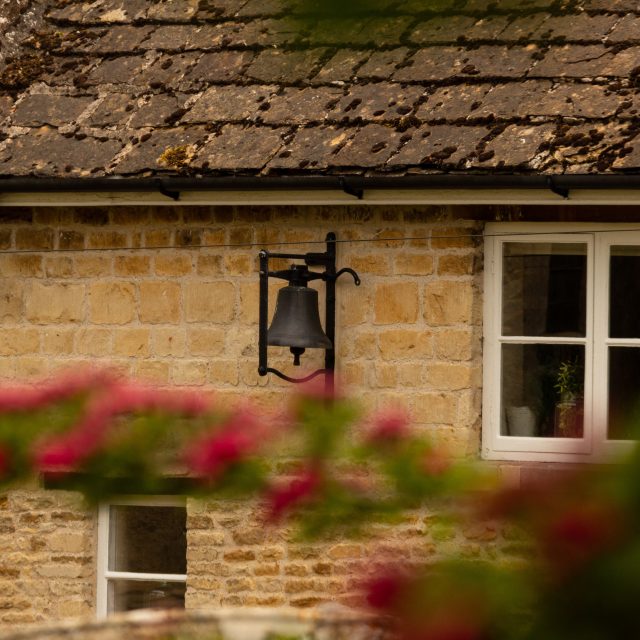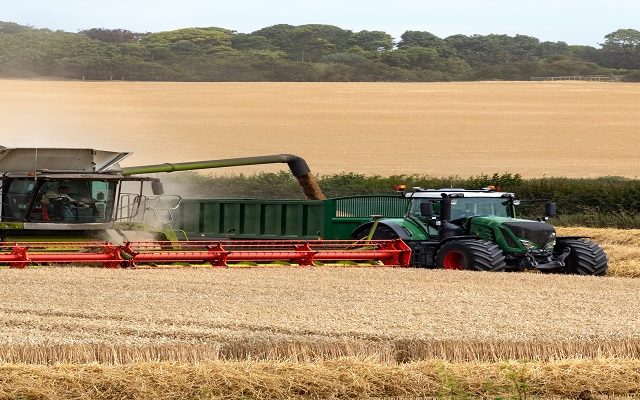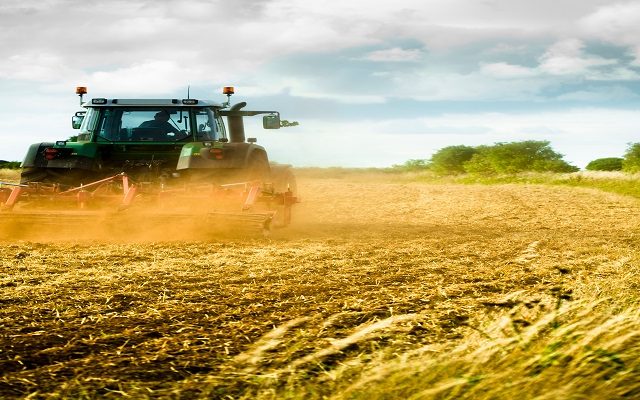Scottish Farming Update | Spring 2020
Welcome to this quarter’s Scottish Farming Update, which is produced by our Farming Research Group and reports on market and administrative issues that affect farmers’ business decisions and on which they may need to act.
Arable crops
Global: Grain Production Report
According to the UN’s Food and Agriculture Organisation (FAO) the world saw a record year for cereal production in 2019 (all combinable cereals) at 2,714 million Tonnes. Global wheat production was up by 34.8 million Tonnes on 2018 mostly due to an excellent harvest in the EU more than out-balancing the effect of a drop in the USA’s wheat area and poor conditions in Australia. Global cereal stocks are marginally down from last year, but still at the third highest global stocks on record underpinning a comfortable ratio of global stock-to-use of 31% (FAO.org).
Planting of 2020 winter wheat crops around the Northern-Hemisphere has not all been affected by the same poor weather as the UK. The USA’s winter wheat area was planted up in good time this autumn, while the picture is more mixed for Europe with some areas benefitting from higher than normal moisture and others suffering from water stress such as in Ukraine where dryer and hotter conditions delayed planting, meanwhile Russia had very good conditions for winter wheat establishment (Russian wheat has been supported by government intervention).
UK Markets
After plummeting throughout the summer, grain prices in the UK began to recover in September, and have continued to do so with wheat having gained around £20/T between early September and mid-January.
The deal reached between the USA and China last week was expected to bring positive news for farmers and the grain trade, but there was a general feeling of disappointment within the agricultural industry when the details emerged (BBC.com), which put a bit of a dampener on the global grain markets (CRM Agri Commodities) pulling wheat prices down by around £2/T. The fact that the Chinese have only bound themselves to buy American Ag-Commodities depending on “market conditions” was a devastating caveat within the deal for some traders (Reuters.com).
Wheat
The UK has had a very poor winter wheat planting season to date, with some calling it the worst autumn in memory. Farmers have had few, if any, chances to drill crops since the late autumn which was itself, at best, very patchy. Reports from the AHDB showed that by the end of November just under 60% of the intended winter wheat area had been drilled, and much of this will have been established poorly. The situation in Scotland is much better than down south, and most of the planned wheat was drilled and established. The challenge will be to catch up with weed control, but the crops themselves are looking fairly good with only a very few that are of questionable viability. With very few farmers able or willing to drill crops in December and early January, it is possible, if unlikely, that there will be a short “last-chance-saloon” to put winter wheats in the ground, with reports of a short dry spell. This relies on the ground having a chance to dry out, which won’t happen quickly especially with the hard frosts accompanying the dry weather.
The predicted low domestic supply of wheat from the 2020 harvest is supporting the wheat futures prices, meaning that those lucky enough to have established some winter wheat should expect to sell at a good price at or after harvest, with futures prices for November delivery at £164/T at the end of January. Those waiting to empty the shed of the 2019 crop before harvest are also now able to take advantage of rising prices, as the 2019 crop values are being pulled up by the 2020 prices.
Barley
The winter barley planted area at the end of October was just under 65% of the planned area (AHDB), but with the dearth of winter cereals planted there is most-likely to be a very significant increase in the area of spring barley this summer. The markets have pre-empted this and the gap between feed wheat and feed barley is already around £25/T, this gap has grown from £8T in August 2019. Very large stocks of feed barley on the continent and around the Black Sea are likely to keep the price supressed for the foreseeable future. A large area of spring barley will also severely limit the value of any malting premium, because maltsters will be spoilt for choice and should have no trouble in securing barley of the right quality. However, the malting market is relatively small (840,000T) and there may be pressure on the trade if these extra crops actually meet the spec. If not, the premium for malting over feed may reach £40/T – as a result of low feed prices.
Oilseed Rape
Cabbage stem flea beetle (CSFB) infestations and their larvae appear to be continuing to reap their dreadful effect on the OSR production of the UK, with only 1.75 Million Tonnes being produced by the UK in 2019, the lowest since 2004 according to the AHDB. The planted area for 2020 has fallen from 2019 levels significantly by 23%, which will lead to an even smaller national production of OSR for 2020. The drop in Scotland is estimated at 9%.
Despite a reduction in our domestic supply of OSR, the price has fallen to £344/T from a high of £360/t earlier in the month (for old crop). The price is governed by external factors such as an enlarged area of OSR being planted in Ukraine, and global vegetable oil being supported by Russia’s enormous sunflower harvests and South America’s expanding soya production. This large soya area seems to be suppressing the forward prices for 2020 harvest OSR too, which were as low as £314.50/T in December.
Many English farmers are facing difficult decisions about OSR, and those being forced to abandon crops sown in August and September (the AHDB suggests about 7% of the OSR area may be abandoned this spring) coupled with a declining value may see this as the final straw. Options for alternative, less risky break crops are available, and many farmers will be looking for support and advice from the industry and government as to where else to turn. Interest in novel crops may increase depending on Brexit deals.
Also in this quarter’s update
- UK 2020 CROP ESTABLISHMENT – SPRING
- LIVESTOCK
- FERTILISER & FUEL
- POLICY AND REGULATION NEWS
- FARM BUSINESS NEWS
